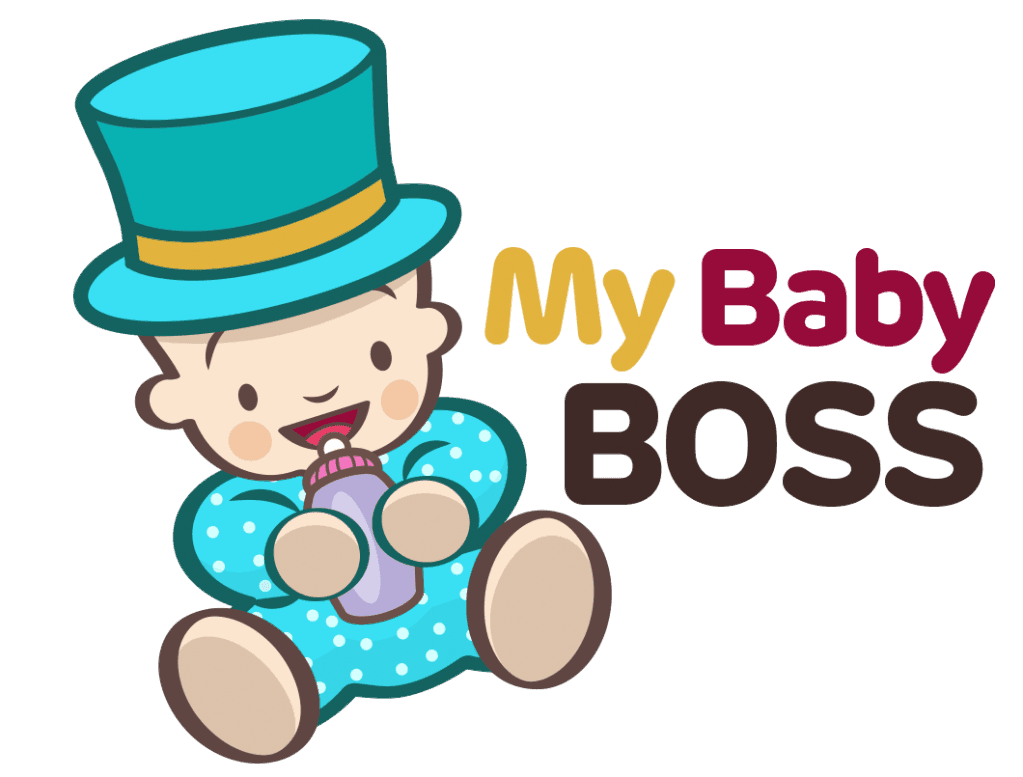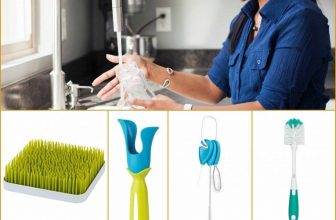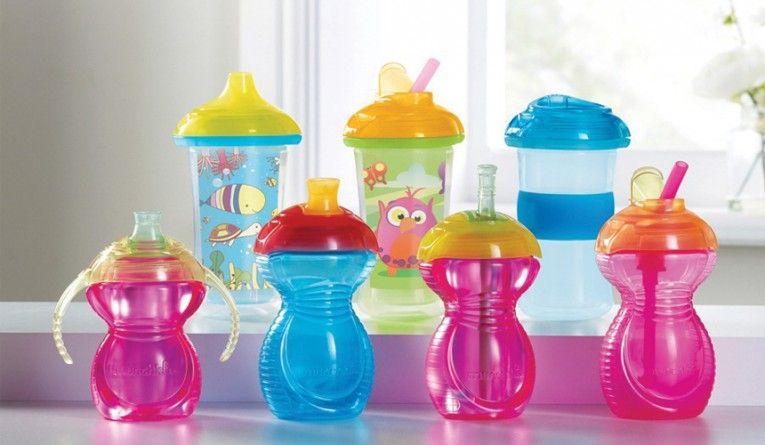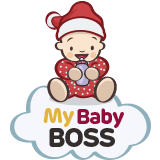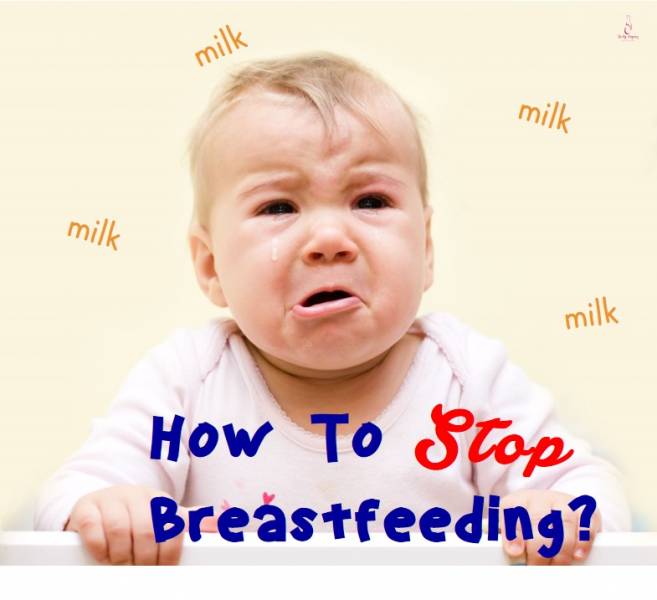
About breastfeeding
Breastfeeding a baby is an essential way of life in the beginning. Sure, there are store-bought feeding ingredients, but many mothers feel more comfortable breastfeeding a baby the natural way. If you’ve never done it before, baby breastfeeding can be a daunting experience. Luckily, there are a wealth of resources on baby breastfeeding, so you’ve no need to worry.
Breastfeeding a baby can be inconvenient when you’re out doing errands, but there are some awesome products that help. The Medela Harmony manual breast pump, for example, is lightweight and discreet, allowing you to extract milk more effectively from the breast. If you want to be really organized, there are even items that allow you to produce milk and store it: much like cooking up a pot of stew and saving some for later! Lansinoh Breastmilk storage bags, for example, are BPA free disposable breast-milk storage bags. They are leak proof and perfectly suitable for bringing along with you when you’re having a busy day or going on a long car journey and don’t have time to breastfeed on the spot.
Can you Breastfeed with Nipple Piercings? Of course yes, see here why and how!
As time goes on and you become more and more comfortable with breastfeeding a baby, there comes a point when you start to think about moving on to other feeding methods. The tips below provide detailed information about how and when to stop breastfeeding with as little difficulty as possible:
Why Should I Stop Breastfeeding a Baby?

Like all good things, breastfeeding has to stop at some point. It will help your baby become more independent and accustomed to other foods. The breastfeeding mother might miss breastfeeding, but in the long run, they will lose weight and get their body back!
Parenting: Toddler spits out medicine: best way to crush pills
When to Stop Breastfeeding a Baby
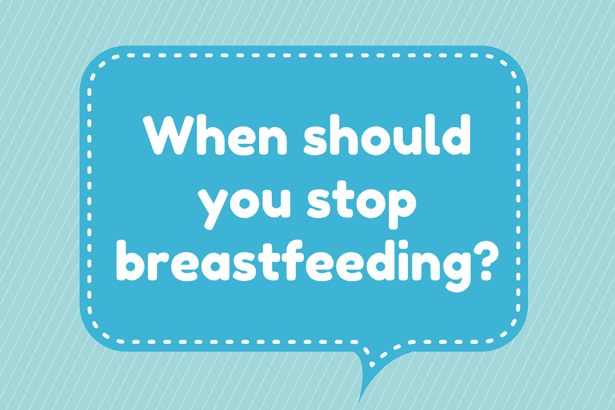
First and foremost, it’s important to find out at what age should babies stop breastfeeding. When you start breastfeeding, you hear from everyone how essential the breast milk is, and so, being a diligent parent, you stay up all night feeding until your very life source is drained! Sure, it’s great for bonding with the baby, but after a while you find yourself asking people around you ‘so when do I stop?’
The World Health Organization has recommendations concerning how long you should breastfeed for. According to them, every baby should be breastfed for six months, and then for up to two years beyond that incorporated with some family foods. This seems a very long time indeed. Other advice-givers say that as long as your baby is a year old, you can start the process of getting them onto other foods.
Product: Top Recommended Maternity Belts on Amazon
No matter where you look, however, all the experts agree that for the first six months of their life, babies should be fed exclusively on breast-milk. When they reach one year old, it’s up to you to decide whether to stop breastfeeding a baby or to continue it for a while longer. Babies have different personalities. Some are very advanced, some progress more slowly. As the mother, you ultimately know best.
There are certain signs to look out for to reassure yourself that the time has come to stop baby breastfeeding. You often find that once your baby gets to try ‘real’ food, they will be less interested in nursing. If your child doesn’t seem to want to nurse as often, or if you start to feel resentful about nursing, it’s time to stop. Don’t feel pressured to continue nursing: breastfeeding should be an enjoyable experience. If it’s turning into something you dread every day, it’s time to stop. This doesn’t make you a bad mother!
Baby out-door: Chicco Hiking Baby Carrier Red Review
How to Stop Breastfeeding a Baby
There is no right or wrong way to stop breastfeeding a baby. A lot of the process is intuitive: in other words, it’s based on the observations of the mother regarding her individual child. However, if you’re looking for a step-by-step guide that will ensure the process is as smooth as possible, read on:
-
- Don’t just stop all of a sudden: when it comes to the time when you’ve decided your baby needs to stop breastfeeding, don’t just stop giving them breast milk all at once. The child will become confused and won’t know what’s going on!
- Follow the rules: The general rule is that you breastfeed exclusively for six months. After this, you might want to think of it as half and half: half breastfeeding, half regular foods (mushed up, of course!) up until their first birthday at the very earliest.
- When your child reaches one year’s old: on their first birthday, assess their general progress. Are they one of those babies who is really active, and people comment all the time how advanced they are/big they’re getting? Stopping breastfeeding entirely is definitely a strong option in this scenario. Alternatively, are they a little bit behind other babies their age? If so, they might need even just a little bit of breast milk every day until they’ve caught up.
- Putting things into action: when you decide your baby is ready, take things slowly:
- Stage one: breastfeed as normal, then offer your baby a small portion of food. This gets the ball rolling. Allow them to experience lots of different flavors and textures.
- Stage two: try offering food before you breastfeed. If it works, breastfeed as usual but shorten the time and frequency of feeds given.
- Stage three: Give your baby normal food (you can do it at home using a blender to mash it all up) and offer them water in a beaker that has an opening resembling the breast (known as a soft-spouted beaker). Don’t offer them breastfeeding at all
- Use your instincts: every stage should be carried out for at least a week to establish a routine. You know your baby the best. If at any time they don’t seem to like the arrangement, take a step back and try again.
Education: Top 5 Must-Have Noisy Sound Books for Toddlers
How Long it Takes to Stop Breastfeeding a Baby
The process of stopping baby breastfeeding depends largely on you and the baby. All babies are different. Some babies are stubborn and hate change; some view every change as exciting. It can take from as little as a few weeks up to six months to fully complete the process of stopping baby breastfeeding.
Baby skin care: Top 5 Sunscreen For Babies With Eczema
What to Feed a Baby after Stopping Breastfeeding
Sometimes mothers don’t know the best foods to give their baby once breastfeeding is stopped. Most physicians recommend that mothers continue feeding breast milk up to a year. Once this milestone passes, if you’re unsure what to feed your baby, there are valuable resources online. You can also talk to a pediatrician. Rice cereal and green vegetables are a popular option. Anything that is easily digestible and can be pureed is a good decision. Just remember that your baby is not quite ready for a well-done steak!
Parenting: Is It Normal for A Baby to Vomit or Throw Up Mucus?
What if Your Baby Doesn’t Want to Stop Breastfeeding?
Some mothers complain that their baby doesn’t want to stop nursing. There are a number of things you can do if this is the case:
-
- Try to find the comfort zone of the baby. In other words, figure out when and how much he or she likes to drink. This way, you can slowly modify the routine and eventually wean them onto solid foods.
- Once you establish a routine, try postponing a feed so that you can exhibit more control over the situation. This is a gradual way of ensuring that your baby can still feed, but not necessarily when they want.
The process outlined above in previous sections gives you tips on how to carry out the process gradually. Even if they are stubborn, your baby will eventually learn that the time has come to stop breastfeeding.
Gift: Need a great gift for a baby shower? Get a Flappy Elephant!
Some useful how to stop breastfeeding videos
In the same category: Amazon Lansinoh Storage Bags 100 Review
